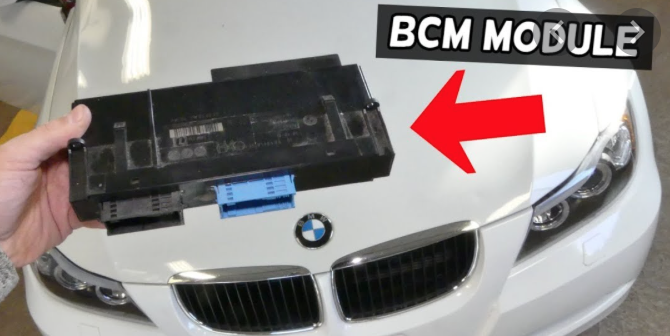
Parts of charging system include the following:
Alternator: The main power supply for cars, the device converts mechanical energy into electrical energy and allows the engine to operate at above idle speed.
Voltage regulator: When the load and speed of the alternator are under normal conditions, the output voltage of the alternator should be kept within the specified range.
Ignition switch: Use to put on or cut off the excitation circuit of the charging system.
Battery: When the alternator starts or the alternator does not generate power, the battery supply the power to electrical devices.
Charging indicator light: The charging indicator light is on, indicating that there is a fault in the charging system.
Transmission belt: Transmission belt drive alternator, as the rotor rotates, it causes the stator coil to produce an alternating current (AC). The AC voltage is then converted into direct current (DC) by the rectifier, and the direct current powers the vehicle's electrical system. The voltage regulator is integrated with the alternator control device, which controls the output of the alternator, it is generally not maintainable.
Body control module: The body control module communicates with the engine control module and the instrument panel for power management operations. In order to control the alternator to switch on the signal circuit, the body control module determines the alternator output and sends information to the engine control module. It monitors the alternator magnetic field duty cycle signal circuit information from the engine control module to control the alternator. It monitors the battery current sensor, the battery positive voltage circuit, and estimates the battery temperature to determine the battery charging status.

The battery current sensor is connected to the battery negative or positive cable at the battery. The battery current sensor is a three - wire hall effect current sensor. Battery current sensor monitors battery current. It is fed directly into the body control module.
 James Smith
James Smith  September 30, 2020
September 30, 2020